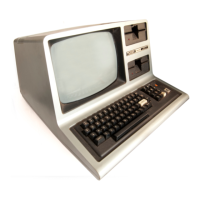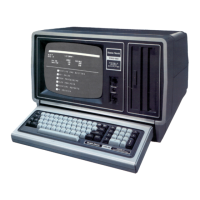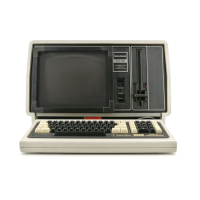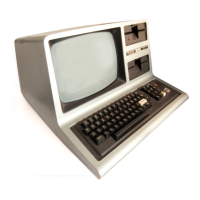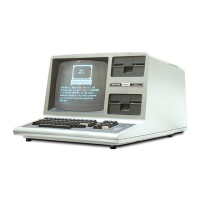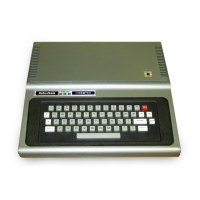are printed
in
ordinary format. For example, 1E-7
is
printed
as
.0000001; 1E-8
is
printed
as
1E-08.
Double-precision numbers with 16 or fewer digits that can be
accurately represented
in
ordinary format, are printed using the
ordinary format. For example, 10-15 is printed
as
.000000000000001;
10-16
is printed
as
10-16.
BASIC prints positive numbers with a leading blank.
It
prints
all
numbers with a trailing blank.
To insert strings into this statement, surround them with quotation
marks.
Examples
PRINT
"DO"
i
"NOT"
i
"LEAl.JE"
i "SPACES";
"BETWEEN"
i "THESE" i
"WORDS"
prints
on
the display:
DONOTLEAVESPACESBETWEENTHESEWORDS
Sample Program
80
INPUT
"ENTER
THIS
YEAR"
i Y
70
INPUT
"ENTER
YOUR
AGE"iA
80
INPUT
"ENTER
A
YEAR
IN
THE
FUTURE"iF
80 N = A +
IF
- Yl
100
PRINT
"IN
THE
YEAR"F"YOU
WILL
BE"N"YEARS
OLD"
RUN
Since F and N are positive numbers, PRINT inserts a space before
and after them, therefore your display should look similar to this
(depending
on
your input):
IN
THE
YEAR
2004
YOU
WILL
BE
48
YEARS
OLD
If
we had separated each expression
in
line 100 by a comma,
100
PRINT
"IN
THE
YEAR"
,F,"YOU
WILL
BE"
,N
,"
YEARS
OLD"
BASIC would move to the next tab position after printing each data
item.
2-140
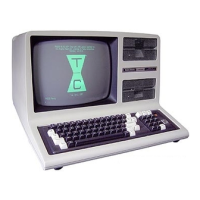
